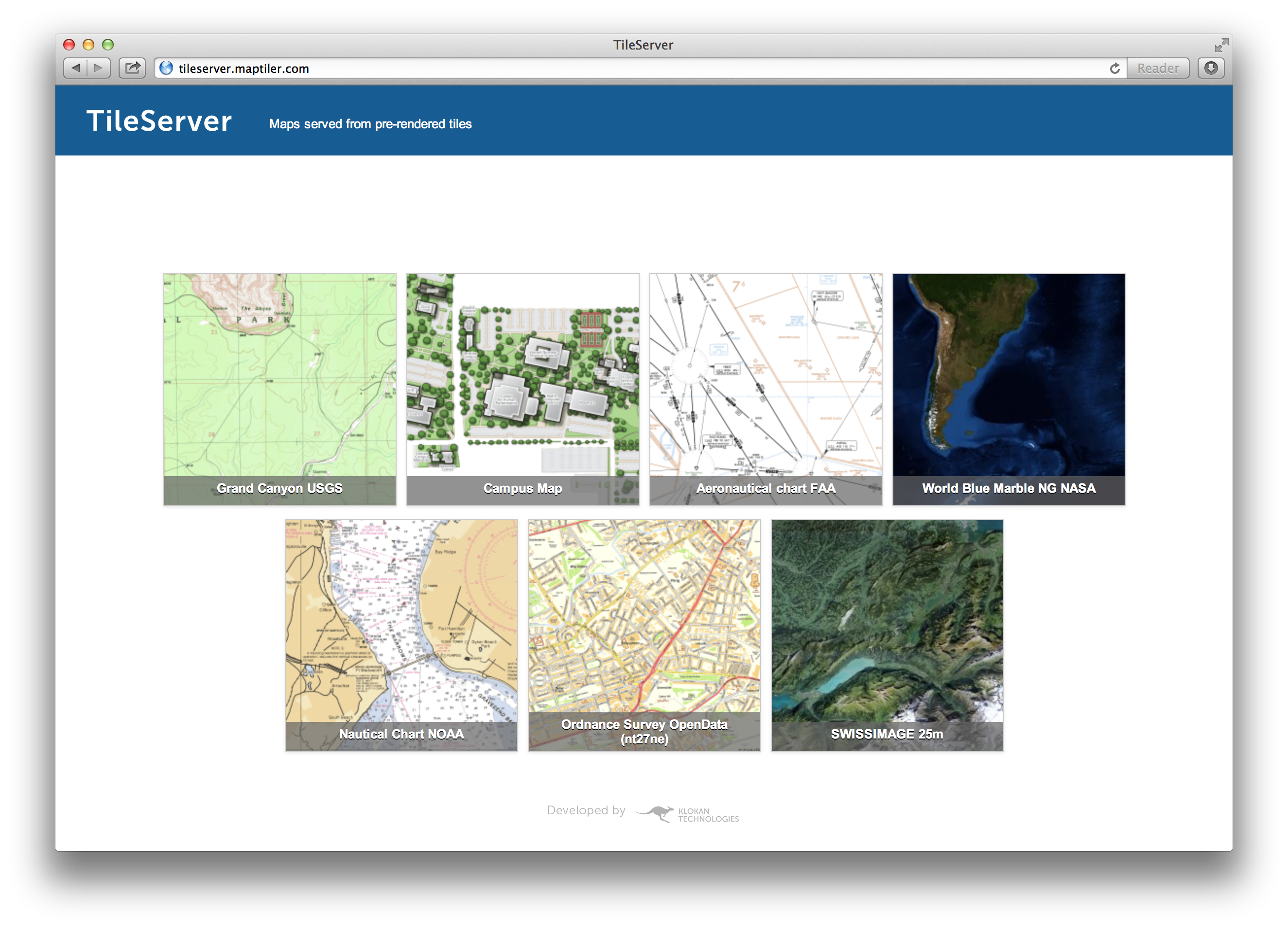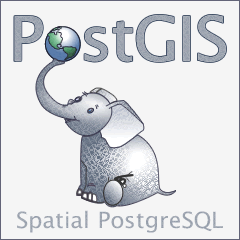Public Sector moving to Open Source Geospatial
FOSS4G, Nottingham, 18th September - Astun Technology reports an ever increasing interest from the Public Sector in its Open Source Geospatial solutions. Significant contracts won in mean that Astun is now serving over 60 public sector organisations including Local Authorities, National Parks, Emergency Services and Housing Associations. Demand has led to the development of a mix of solutions stretching from public facing map portals, enterprise GIS and Spatial Data Warehouses to Cloud based data hosting. All of these are built on Open Source technologies.
The Government position on Open Source has been clear from the outset. The austerity and cost saving brought on by the world financial crisis had led to a preference for open standards for software interoperability, data and document formats. The endorsement of open source by government is based on a range of factors including capability, cost and lack of vendor lock-in.
Astun Technology, an OSGeo sponsor founded in, has used Open Source from the beginning to underpin all of its software solutions. “Open Source has enabled us to develop on robust foundations safe in the knowledge that we are backed by a worldwide community of like minded developers,” said Mike Saunt company founder. “We don’t have to worry about restrictive vendor licensing and have the flexibility to provide our clients with real value. Whilst it is not always economic and often impractical to throw out proprietary in favour of Open Source the interoperability, issue often cited as barrier against wider adoption, just doesn’t hold water. If anything the opposite is the case; Open Source helps to set standards and acknowledges established ones. We have integrated our solutions successfully with over 60 different service delivery systems and work hard to maintain business continuity,” continued Saunt.
Cloud hosting solutions (Astun Cloud Services) are increasingly popular as authorities seek to cut their IT overhead. For GIS departments in particular, the management of spatial data and servers is now beginning to move off site and into the Cloud. Astun currently manages customer applications and the full national range of Ordnance Survey (OS) PSMA data along with OS OpenData base mapping. Astun provides feeds from other open data services too including Edubase, NHS Choices, Police UK, Land Registry Price Paid and Companies House data - all available as WFS feeds. Under the hood OSGeo technologies are hard at work. In one form or another over 100 public sector organisations are using Astun Cloud Services.
“We are finding that our public sector customers are now better informed about Open Source. The taboo that existed just a few years ago has largely melted away as organisations seek to deliver better value with solutions tailored to deliver precisely what they require,” said Mike Saunt. Even proprietary licensed Desktop GIS is taking a hit as organisations look to use open source alternatives such as Quantum GIS (QGIS). We started running training courses for PostgreSQL/PostGIS in on the back of existing customer demand and now there’s sufficient interest for us to run regular QGIS training too,” continued Saunt.
Astun Technology provides geospatial solutions built on Open Source foundations, helping organisations to realise the power of geography and corporate data in managing assets and business processes. Astun’s iShare data integration and publishing platform provides public facing geoweb applications and corporate geographic information across the enterprise and is in use with more than 60 public sector organisations including Local Government, National Parks, Emergency Services, and Housing Associations. Astun offers bespoke geospatial application development, training, mentoring and support plus a range of ‘Cloud’ services built on OSGeo Open Source Technology.
Read More »




